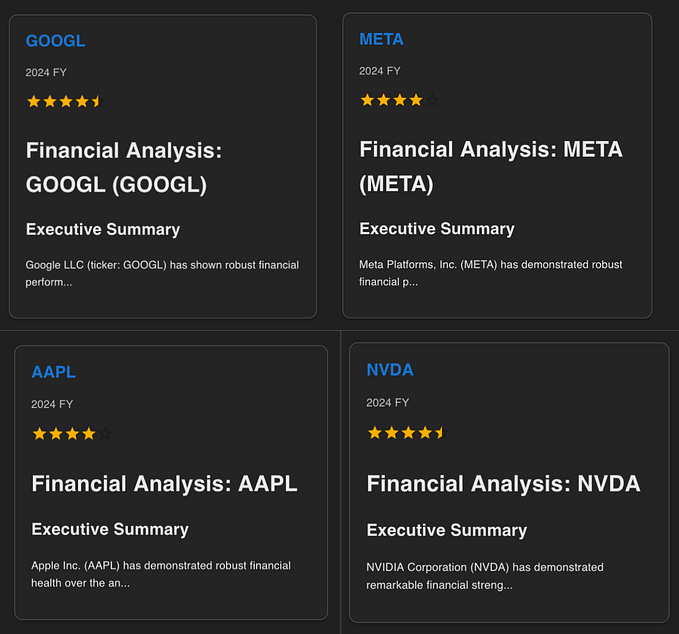Tales of a Long Bull Market: Joel Tillinghast
The biggest cost to mutual fund buyers isn’t cost, it’s screwing up when they buy and sell them.
Joel Tillinghast isn’t well known in the UK. I’d certainly never heard of him until he cropped up in a recent conversation at Fidelity’s London office. He’s fairly well known in the States though: over there he has managed the Fidelity Low-Priced Fund since its launch in 1989, having originally been hired by the legendary Peter Lynch as a bright new hope.

When proponents of index investing say that, “other than a few anomalies, active investors fail to beat the market over meaningful periods of time”, Mr Tillinghast is one of their dismissed anomalies. Over his tenure his fund has, after charges, made annualised returns of 13.8%. Over the same period the Vanguard 500 Index Investor returned 9.7%. That may not sound like a huge gap, but trust me: it is. If you’d invested $100k into the tracker on the day his fund launched, you’d have $1.4m today. If you’d put it into his fund you’d have $3.9m instead. That could make quite a difference to your retirement lifestyle*.
Being an “anomaly”, passive investors will dismiss this track record as luck: Give enough monkeys a Bloomberg terminal, and one of them will turn out the complete works of Warren Buffett. My first response to this is that, when you consider the hundreds of thousands of opportunities such a manager has to screw up, 29 years is an improbably long time to simply have been “lucky”.
My second answer, however, is to concede that, yes, there was probably a large slice of luck involved.
Let me clarify. I don’t think he was lucky in his investment choices. I’m sure that was down to talent, discipline and intelligence. No, his big slice of luck came in not getting fired at a point that would have consigned him to the rubbish bin of history: just another active manager who failed to justify his fees.
That point came a decade into his fund’s life. After a sensational nine-year run, in which good performance attracted inflows that helped his fund grow to over $12bn from a standing start, it began to lag the market. Badly.

Over the next two years it registered a return of just 1%, while the market made 41% (see chart 2, below). To make matters worse, that two-year period kicked off with a market sell-off (brought on by the collapse of the large LTCM hedge fund). The fund dropped considerably more than the market in that rout.
Fund investors hate this. We often take it as a sign that a fund has been taking higher risks than the wider market and, like all humans, we instinctively hate losses more than we love gains. By March 2000, investors would have been judging the fund on a chart that looked like this:

The problem was that, while the manager hadn’t changed, the market had. Investors had been growing progressively more excited about tech stocks for a while, but it wasn’t until 1998 that the mania took full hold.
And so began the final phase of a long bull market, in which only those stocks that fitted the era’s exciting story performed well. And as a valuation and fundamentals-driven stockpicker, Mr Tillinghast wouldn’t buy the most exciting stocks, as he couldn’t make sense of their valuations or business models.
Sure enough, after its correction and lacklustre rebound, investors
abandoned the fund in their droves. By its trough the fund had shed $6bn in assets, half the size it was just a couple of years earlier.
Industry lore has it that that Mr Tillinghast had an internal meeting
put in his diary for early in the second quarter of 2000. With short-term performance dire and assets flooding out, he believed it would be his last. For an excerpt from his excellent book, Big Money Thinks Small, see below.
“After an extended stretch of nonstop roaring markets, lagging on the
upside might look like chronic underperformance. I kept telling myself that unless you are a nasty human being or a crook, you don’t get fired in a bull
market. Having seen technology analysts demoted because they were insufficiently bullish, I didn’t fully believe it.
I kept telling myself that clients are most likely to urgently need their money in a market smashup, and that I should protect them. But mutual fund investors can effectively fire me from their account by withdrawing their assets any time, at once. Many did. Roughly half my funds went out the door during the internet bubble.”
Having lagged the market by 40%, there was a belief that it would take the fund years, if not decades, to close that gap again. Even so, with its holders having experienced such fantastic returns before this episode, you’d imagine they’d give it a longer grace period than just two years.
The trouble was, more than half of his fund’s growth in assets happened from 1997 onwards, meaning those newer holders missed the good stuff, only to get walloped by the reversal. I can only speculate if this $6bn was the same $6bn that then quickly abandoned the fund, but with no experience of its prior gains to generate goodwill towards the fund, it would be no surprise if its holders did leave on a last-in-first-out basis.

Thankfully, the bubble burst in March 2000.
As reality returned, investors dumped their over-priced tech fantasies and started buying up the kind of unassuming, reasonably-valued stocks held in Mr Tillinghast’s fund.
The Fund’s stellar performance returned too: within a year (rather than the
doomsayers’ predicted decades) the fund eradicated the negative gap that had built up between March ’98 and March 2000. In the two years following its darkest hour, the fund returned 56%, while the market lost, repeat lost 21% (see chart below).

So when I talk about being lucky, this is what I mean. If the tech melt-up had lasted another month or two, perhaps Mr Tillinghast would have been removed from duty, with his remaining holders likely doomed to lock in their relative losses.
Others, for sure, were not so lucky. In the UK, Tony Dye of Phillips & Drew is the most renowned example of a manager who was fired just a couple of weeks before the market turned, denying him the chance to be proved right.
We specialise in holding managers just like Mr Tillinghast, so it’s important to remember events like this. Or, if we can’t remember them, to delve even further back into history to learn what else has damaged returns, and therefore could again.
As the saying goes, history never repeats, but it often rhymes. And with many of our value-driven managers drawing parallels today with what happened 20 years ago, these are lessons we’d all do well to heed.
Further Reading: where did everyone go?
I think it’s a fair and interesting exercise to ask: where did all the money that abandoned the fund go?
Looking at that painful period for Mr Tillinghast’s fund (March 1998 to March 2000), the largest asset growth in dollar terms was seen in the Vanguard 500 Index Investor Fund. Over this two-year period it grew by $48bn, taking it to
$107bn.
This marked the peak of what I’d describe as the First Wave of Index Investing. Its very top was $110bn in August 2000, a level of assets it didn’t hit again until 2006 (investors fell temporarily out of love with index funds after the bubble burst, bringing the market trackers down with it).
But that’s long forgotten and forgiven now, and since then the Second Wave of Index Investing has helped propel the Vanguard fund to almost $415bn today. So it’s fair to assume that some of the wandering assets found their way into the Vanguard tracker.
But that wasn’t the fastest grower in percentage terms — there were plenty more that ballooned at a much faster pace. This was partly because of rising prices swelling funds’ chosen stocks, and partly because of hot money chasing performance.
You can take your pick here, but to illustrate this trend, and in the interests of balance, I’ve chosen another Fidelity fund: Fidelity Growth Strategies. This grew from $2bn to $23bn over that 2-year period, with most of that arriving in the last six months of the rally.
These charts map the experiences of the mentioned funds over that two-year period, and then the subsequent two years in which the investing winds completely reversed:


Again, it’s reasonable to believe that some of Mr Tillinghast’s disgruntled holders switched into the Fidelity Growth Strategies Fund. For such holders (known — not unfairly — as ‘’performance chasers’ in the industry) their experience over the rise and fall of the tech bubble would have looked something like the blue line in this chart:

This shows the disastrous experience of buying Mr Tillinghast’s fund towards the end of its great run in 1998, hanging onto it for two years of underperformance, then switching into the at-that-time-flying Fidelity Growth Strategies Fund (just before that peaked too).
This may sound an extreme set up, but when you look at the flows entering and leaving these funds at the time, I’d suggest many investors put themselves through just such an experience.
Past experience shows that great funds rarely outperform in a nice, uniform fashion. They can therefore be turned into ‘bad’ funds by poorly timed entrances and exits from their holders. I suspect it is this experience, as much as the more commonly cited cost argument, that is driving investors away from active funds into the arms of trackers.
The lesson for fund managers is clear. To paraphrase Rudyard Kipling; if you can keep your head while all around are losing theirs, you’ll do well. Unless you get fired in the meantime, of course, but that’s in the hands of the Higher Ups. And they, as with everyone else, could do with brushing up on their Kipling from time to time too (as the senior management of Phillips & Drew demonstrated back in 2000).
For fund pickers, like us, the lesson is also clear. If you’ve found a good fund manager, stick with him or her when the market goes through one of its occasional bouts of exuberance. It’s very tempting to end the pain of holding an underperforming fund by switching it for a current winner, but we should remember this is probably the most costly and common mistake made by fund buyers. If a good manager is sticking to their guns, then we should too.
“Form is temporary…” as they say “…but class is permanent”.
*Note: I first wrote and published this piece in July 2018, one of two notes that looked back at previous periods of crazy late-bull-market behaviour, as it felt like that was where we were headed (“Tales” of a Long Bull Market — geddit?). Much water has passed under the bridge since then, but I like to think I had a reasonable idea which way it was flowing…








